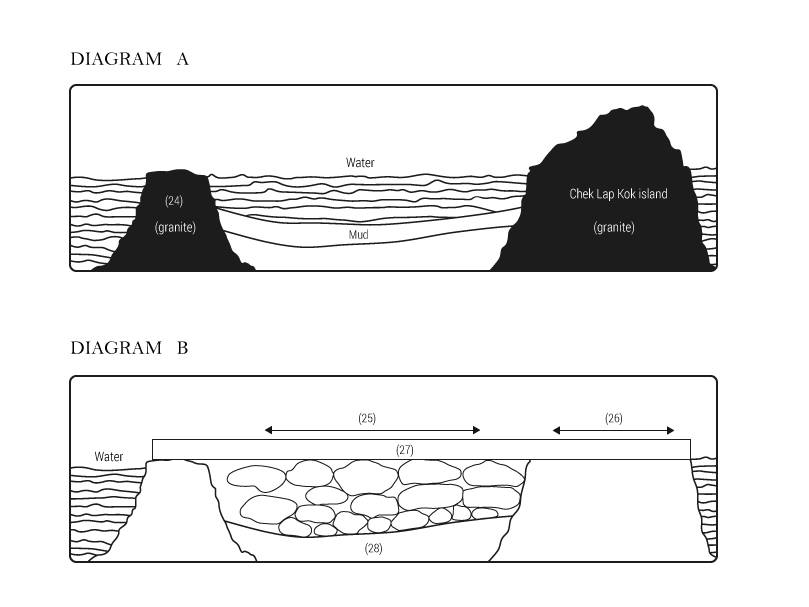BestMyTest IELTS reading Report
Score Summary 
Submit your academic reading answers to auto generate this report.
IELTS reading LessonsCompleted: 0 / 72
Tips to improve your reading speed
Keep in mind, having a slow reading speed makes skimming or scanning a reading passage more difficult. The process of quickly skimming through a reading passage for specific keywords or main ideas is a requirement for you to employ successful reading strategies to improve your IELTS reading score. In other words, skimming and scanning are critical skills to ensure you complete all questions in the allotted time frame.
IELTS Reading Strategies
-
Step 1: Read questions first
One of the most common mistakes that candidates make when approaching the reading exam is reading every single word of the passages. Although you can practice for the exam by reading for pleasure, "reading blindly" (reading without any sense of what the questions will ask) will not do you any favors in the exam. Instead, it will hurt your chances for effectively managing your time and getting the best score.
The main reason to read the questions first is because the type of question may determine what you read in the passage or how you read it. For example, some question types will call for the "skimming" technique, while others may call for the "scanning" technique.It is important to answer a set of questions that are of the same question type. You'll need to determine which question type you want to tackle first. A good strategy would be to start with the easier question type and move on to more difficult question types later. The Easiest question types are the ones where you spend less time reading. For example, the Matching Heading question type is an easier one because you only need to find the heading that best describes the main idea of a paragraph. An example of a difficult question type would be Identifying Information. For this question type, you'll need to read each paragraph to find out if each statement is TRUE, FALSE, or NOT GIVEN according to the passage.
Here is a table that lists the difficulty levels for each question type. Use this table as a reference when choosing which question type you want to tackle first.Difficulty level Question Type Easy Sentence Completion
Short answerMedium Matching Features
Multiple choice
Matching Headings
Summary, Table, Flow-Chart CompletionDifficult Matching Sentence Endings
Matching Information
Identifying Information (TRUE/FALSE/NOT GIVEN)
Identifying Viewer's claims (YES/NO/NOT GIVEN)
-
Step 2: Read for an objective
After you've read the questions for the passage, you will be able to read for an objective. What does this mean? For example, if you come across a question that includes the year "1896", you can make a note of when this year comes up in the text, using it to answer the question later on. There are two reading techniques that will help you stay on track with reading for an objective. The first one, skimming, is best defined as reading fast in order to get the "gist", or general idea, or a passage. With this technique, you are not stopping for any unfamiliar words or looking for specific details. The second technique, scanning, is best defined as reading for specific information. With this technique, you are not reading for the overall gist, but rather, specific information. Notice how each of these techniques has a specific objective in mind. This will help you find information more quickly.
-
Step 3: Take notes
As you're reading for an objective, you should also be making notes on the margins of the passage, placing stars next to key information, or underlining things that you believe will help you answer the various questions. This will make it easier for you to check back when you are asked certain things in the questions. Choose whichever note-taking system is right for you - just make sure you do it!
-
Step 4: Answer wisely
After you've read the questions, read the passage, and have taken any appropriate notes, you you should have located the part of the text where you where you need to read carefully. Then just read carefully and think critically to determine the correct answer.
IELTS Reading Question Types
The IELTS reading test contains many different question types:
| Matching Headings | IELTS Reading Lesson: Matching Headings |
| Matching Information | IELTS Reading Lesson: Matching Information |
| Matching Features | IELTS Reading Lesson: Matching Features |
| Summary Completion | IELTS Reading Lesson: Summary Completion |
| Identifying Information | IELTS Reading Lesson: Identifying Information |
| Identifying Writer's claims | IELTS Reading Lesson: Identifying Writer's claims |
| Multiple Choice | IELTS Reading Lesson: Multiple Choice |
| Short Answer | IELTS Reading Lesson: Short Answer |
| Match Sentence Ending | IELTS Reading Lesson: Match Sentence Ending |
| Sentence Completion | IELTS Reading Lesson: Sentence Completion |
| Table Completion | IELTS Reading Lesson: Table Completion |
